In his 2012 predictions for the tech-industry, pundit Mark Anderson, CEO of Strategic News Service, said, “Steve Jobs didn’t really invent anything at all. But he was great at integrating things into a product.”
He argued that most of the technology that created the Mac, iPod, Next cube, etc. was already available. Jobs was simply able to see things others couldn’t in combining disparate technology advancements to create new products. Apple’s innovation was not so much a product of invention, but observation and integration.
I’ve found the same concept of invention-via-integration to work in business communications, too. Specifically with brand storytelling.
In 2006, after running my ad agency for over a decade, I realized that the advertising paradigm as I knew it no longer worked. While brands used to own the influence of mass media (broadcast, print, outdoor), technology turned their world upside down. The internet handed control of communication to the consumer. The masses became the media. BTW, they now own your brand story, too.
Desperate to find an answer for how to get our clients’ messages to cut through the noise and be heard, I turned to Hollywood.
The Origin of the Brand Story Cycle System™
When people ask me how the proven Story Cycle System™ came about, I share this…
“The Story Cycle is distilled from the timeless narrative structure of the ancients, inspired by the story artists of Hollywood, influenced by masters of persuasion, guided by trend spotters, and informed by how the human mind grapples for meaning.”
So let’s unpack its origins:
“Distilled from the timeless narrative structure of the ancients” is the result of my mentorship by Joseph Campbell, America’s foremost mythologist. Sure, he had been dead for 20 years before I really got to know his work, but his legacy lives on today.
Campbell unearthed a primal map of storytelling that he called the Monomyth or Hero’s Journey. The Hero’s Journey is a 19-step pattern to story that has been around since the beginning of storytelling time. You can find it in the first recorded story of Gilgamesh right up to today’s Lego Movies.
We just watched Mary Poppins Returns last night and yep, there was the Hero’s Journey playing out before us. I learned about the Hero’s Journey when our son Parker was studying film at Chapman University in Orange, CA. Its universal structure resonated with me immediately, perhaps because it parallels many of the concepts I learned while earning a degree in music composition and theory.
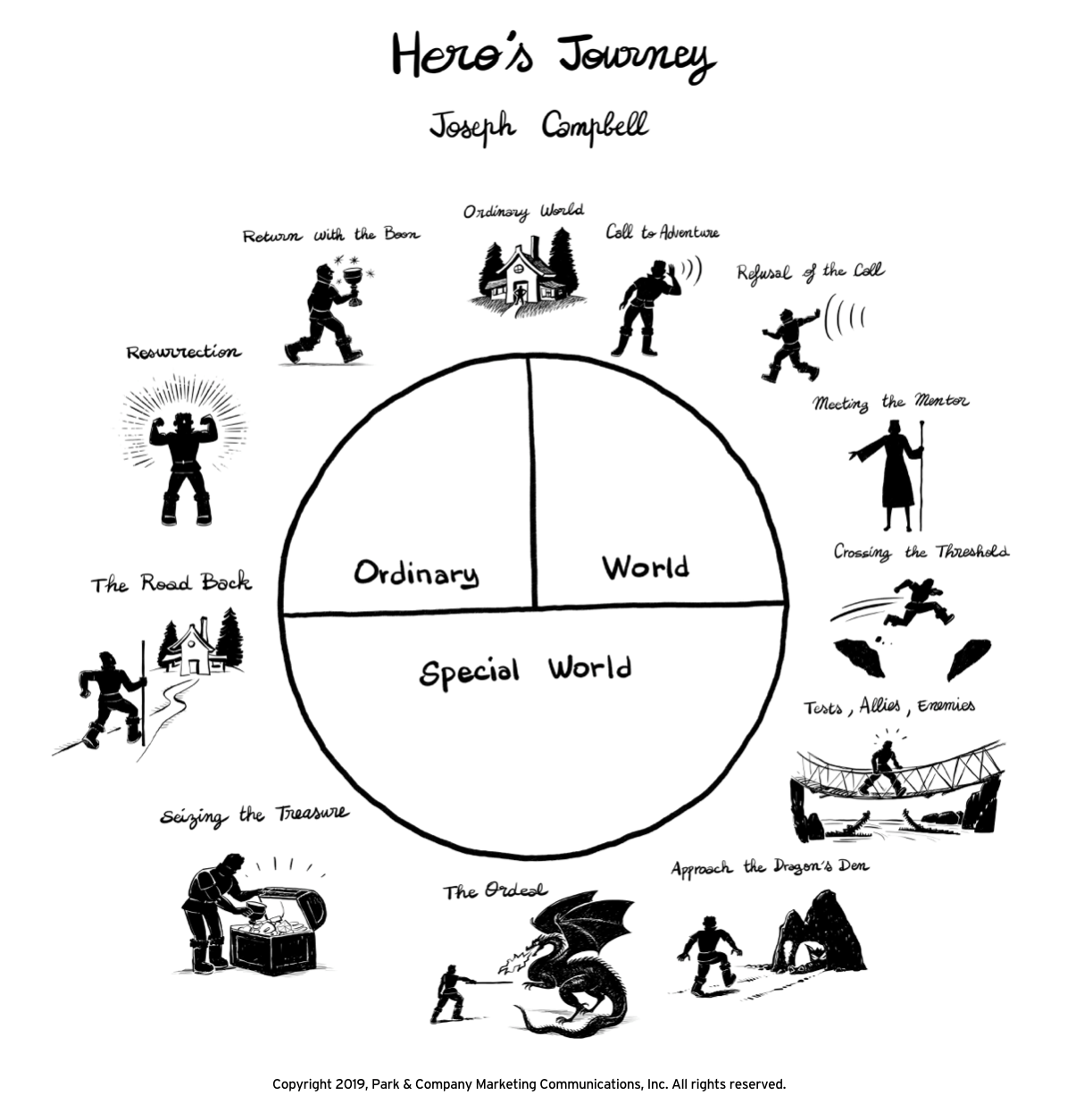
So when I say the Story Cycle System™ is distilled from the “timeless narrative structure of the ancients,” I’m crediting Campbell’s Hero’s Journey as the blueprint for our brand story strategy system.
Inspired by the Story Artists of Hollywood
The Story Cycle™ is inspired by the story artists of Hollywood because they use the Hero’s Journey every day in innumerable ways to produce the movies we love. Hollywood story consultant Christopher Vogler dissects the Hero’s Journey for communicators in his seminal book, The Writer’s Journey. In it, he outlines how screenwriters and authors can use this universal template.
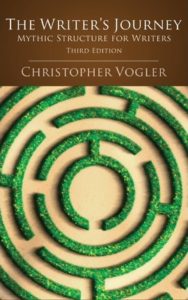 “The Hero’s Journey is not an invention, but an observation. It is a recognition of a beautiful design, a set of principles that govern the conduct of life and the world of storytelling the way physics and chemistry govern the physical world,” writes Vogler.
“The Hero’s Journey is not an invention, but an observation. It is a recognition of a beautiful design, a set of principles that govern the conduct of life and the world of storytelling the way physics and chemistry govern the physical world,” writes Vogler.
That’s when I realized that if the Hero’s Journey is to philosophy what physics and chemistry are to the physical world, then I believe the elements of Campbell’s Monomyth could function as the essential framework for brand story strategy creation and activation. This idea further underscored what Vogler wrote:
“Every storyteller bends the mythic pattern to his or her own purpose or the needs of a particular culture.”
That’s when I mapped the Hero’s Journey to business to create more humanized organizations that are in better synch with the natural progression of life and to connect with their customers on a more primal level. The framework requires the brand to become the mentor to the customer, who is truly the hero of the brand journey. It is the audience/customers who are at the center of your brand story.
While Vogler boiled down Campbell’s 19 steps of the Hero’s Journey to 12 (as illustrated above) to teach Hollywood how to use it, I refined the framework to 10 steps to guide brand story creation, business communications and leadership development.

The proven Story Cycle System™ framework to help you clarify your story, amplify your impact and simplify your life.
The DNA of Brand Storytelling
Additionally, scientist-turned-Hollywood-filmmaker, Dr. Randy Olson, inspired me with his work helping scientists become better communicators using his narrative template called the “And, But and Therefore” (ABT). The ABT is a perfect three-act story structure of set up/problem/resolution in a simple short paragraph that I call the DNA of story. It creates the foundation of clarity that helps keep you focused as you expand your narrative.

I recommend that when you start any communication project that you begin by crafting your ABT to find your central theme. Then use the Story Cycle System™ to develop your overall story to support your theme.
Finally, I learned yet another mutation of the Hero’s Journey in Blake Snyder’s 15 beats to story as outlined in his best selling book, Save the Cat. Snyder was Hollywood’s top screenwriter in the 1980’s selling more family genre scripts than anyone else. You can overlay Snyder’s 15 beats on the Hero’s Journey and see the parallels of structure.
So while the Story Cycle™ is distilled from the timeless narrative structure of the ancients and inspired by the story artists of Hollywood, it is also influenced by masters of persuasion.
Create More Influence With Your Brand Stories
One of my chief influencers is Dr. Robert Cialdini. author of Influence: The Psychology of Persuasion. In it, he covers the 6 principles of persuasion, which I found not only aligned with storytelling, but are activated by story. These include:
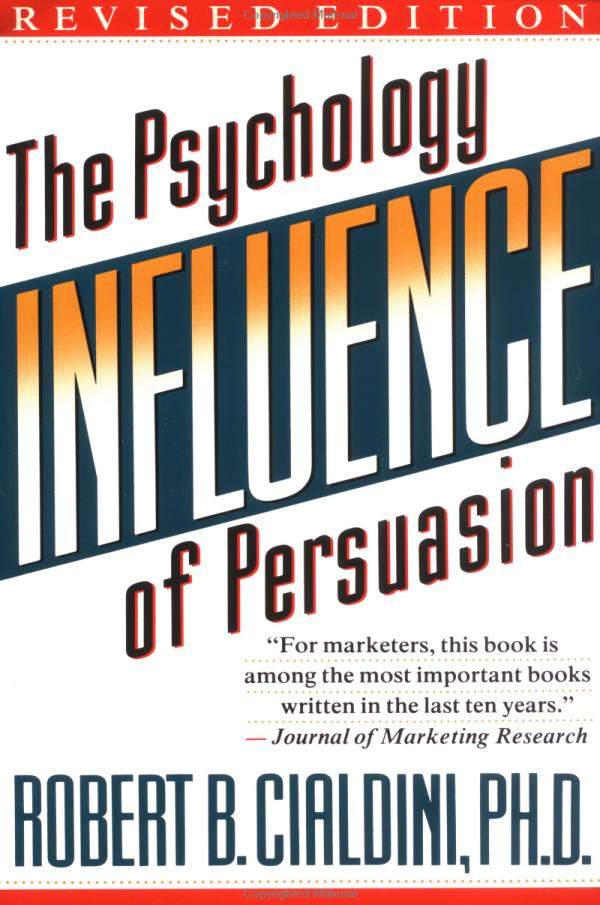 Reciprocity: Give a little something to get a little something in return
Reciprocity: Give a little something to get a little something in return- Commitment: People want their beliefs to be consistent with their values
- Social Proof: There’s nothing like feeling validated based on what others are doing
- Authority: Building your influence through vulnerability, authenticity and integrity
- Liking: The more you like someone, the more you’ll be persuaded by him
- Scarcity: When you believe something is in short supply… you want it more!
I tested Cialdini’s six principles of persuasion by entering the dragon’s den of a Hawaiian timeshare pitch just to see how those denizens of sales used these techniques. The experience was fundamental in my development as a brand storyteller. They told stories to create a connection, build rapport, promote scarcity and aggressively ask for the sale. But our was a discovery session on the elements of persuasion. So we went in with our deflector shields up and left without buying a timeshare.
Storytelling in Business is Trending Because it Works
There are countless storytelling “gurus” that will tell you about the importance of storytelling in your business. But few actually show you how to do it.
I’ve learned that when you teach this storytelling technique to your clients and their leadership, staff, and salespeople that you will build a powerful storytelling culture that drives performance. And I learned this by observing the top storytelling brands over the decades.
That’s why I say the Story Cycle System™ is guided by trend spotters. What I mean by this is when you follow the brands that are either ahead of the trends or creating movements, they are built upon status-quo-tipping narratives. You know these brands. They include Nike and its Just Do It! narrative; Apple and its Think Different; the marvelous brand showman Sir Richard Branson and Virgin Atlantic. Airbnb. Audi. Patagonia. Lady Gaga. Mohamed Ali. Bud Light. And although I hesitate to mention him, Donald Trump.
“The most powerful person in the world is the storyteller. The storyteller sets the vision, values and agenda of an entire generation that is to come.” – Steve Jobs
Love ’em or hate ’em, you can learn much from these brands precisely because they have marvelous narrative intuition and have mastered brand storytelling. Look closely at their brand stories, and you will also see elements of the Monomyth permeate in everything they do.
How to Use the Applied Science and Bewitchery of Storytelling
Finally, I tested my Hero’s Journey/Story Cycle System™ hypothesis using as much brain science as I could digest. I’ve studied the work of one of the foremost brain researchers, Dr. Daniel Kahneman. I’ve interviewed Dr. Paul Zak, author of The Moral Molecule, on how you build trust through storytelling by how stories trigger oxytocin in our brain. I’ve explored the brain science of storytelling with Kendal Haven, author of Story Smart, and have chatted with Lisa Cron, author of Wired for Story: The Writer’s Guide to Brain Science to Hook Readers From the Very First Sentence.
But I’ve also witnessed how our brain automatically makes up stories in an attempt to understand obscure and obfuscated messages, which is generally the description of most business PowerPoints. All you have to do is watch the Heider Simmel video and you’ll see for yourself how your brain fashions a narrative to make sense out of meaningless data. It demonstrates that your audience will not come away with the story you intended unless you intentionally tell a story.
All told – and you’ve probably heard this a million times – our homo sapiens brains are hardwired for storytelling. Stories and the collective imagined realities storytelling helps us create is how we make sense out of the madness of being human.
So why don’t we use more storytelling to grow our brands, businesses and people? Quite simply, it’s because our education system doesn’t teach us the importance of story in communications. We are taught to think and speak from a logical perspective. You hear it from executives that dismiss communications as “soft relationship skills” versus their perceived “hard skills” of measurable activities and outcomes. But they’re wrong. Because business storytelling generates significant ROI.
Without healthy relationships, you don’t have healthy outcomes. As Jonathan Haidt stated in his book, The Righteous Mind: Why Good People are Divided by Politics and Religion, “The human mind is a story processor, not a logic processor.”
How to Become a Confident Brand Storyteller
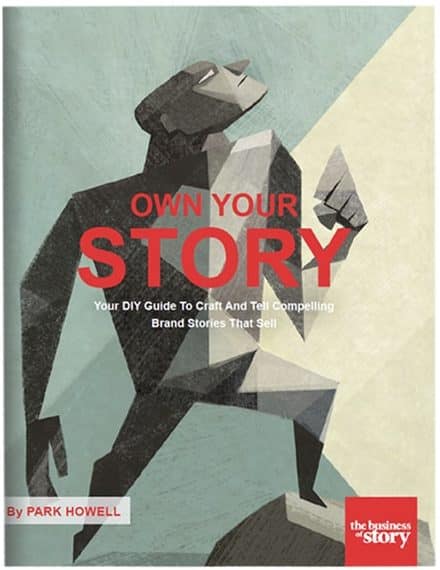
Download your DIY workbook now to clarify your brand story, amplify your impact and simplify your life.
That’s why I started the Business of Story and profess the applied science and bewitchery of storytelling with your brand and in your business. Does it really work? See for yourself how organizations have grown by as much as 400 percent once they got their brand story straight using the Story Cycle™.
I did not invent the narrative framework that became the Story Cycle System™. I assembled this approach to crafting brand story strategy from ancient storytelling elements, current creative cultures and story marketing icons, all backed by the science of how our minds grapple for meaning.
So while I’m no Steve Jobs or Joseph Campbell, I have embraced their approaches to innovation through observation and integration. And I’ve experienced the power of this sort of innovation firsthand as more brands, leaders and their people are becoming intentional storytellers to nudge the world in any direction they choose.
That’s my story. What’s yours?

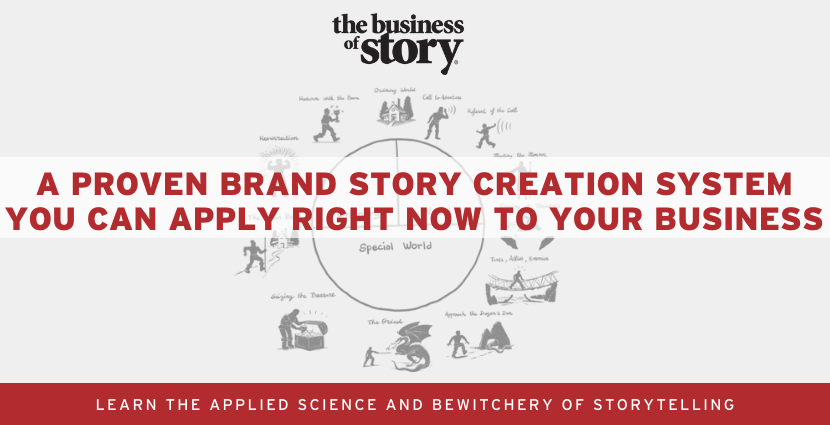


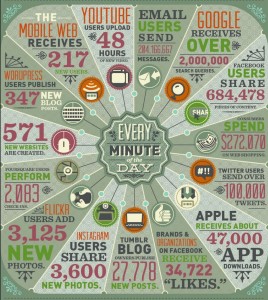
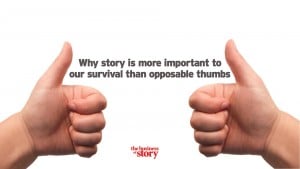





at 8:25 am
[…] 10-step Story Cycle System™ led me to the easier 5 primal elements of a short story you can tell for big […]